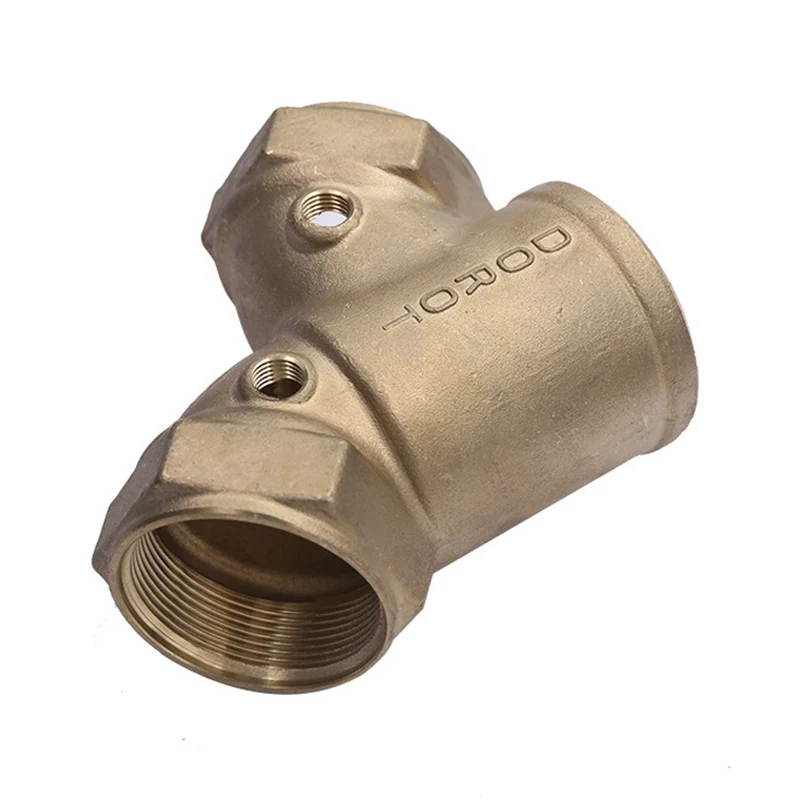Innovations and Future Trends in Gravitational Casting
2024-08-06
Innovations and Future Trends in Gravitational Casting
Gravitational casting has been a mainstay in metalworking for centuries, but like all manufacturing processes, it continues to evolve with advancements in technology and materials science. These innovations are enhancing the capabilities, efficiency, and applications of gravitational casting. In this blog, we will delve into the latest innovations and future trends shaping the world of gravitational casting.
Technological Advancements in Gravitational Casting
1. Advanced Mold Materials: The development of new mold materials, such as high-performance ceramics and composite materials, has significantly improved the durability and precision of molds used in gravitational casting. These materials can withstand higher temperatures and offer better resistance to wear and thermal shock, leading to longer mold life and more accurate castings.
2. Enhanced Simulation Software: Modern computational tools and simulation software have revolutionized the design and optimization of the gravitational casting process. These tools allow engineers to model the flow of molten metal, predict potential defects, and optimize mold designs before actual casting begins. This reduces trial-and-error iterations, saving time and resources.
3. Improved Alloy Formulations: Advances in metallurgy have led to the development of new alloys specifically designed for gravitational casting. These alloys offer superior mechanical properties, such as increased strength, ductility, and corrosion resistance, making them suitable for more demanding applications.
4. Automation and Robotics: The integration of automation and robotics into the casting process has enhanced precision and consistency while reducing labor costs. Automated pouring systems, robotic mold handling, and real-time monitoring ensure consistent quality and efficiency in high-volume production runs.
5. 3D Printing and Additive Manufacturing: The use of 3D printing to create patterns and molds for gravitational casting is gaining traction. Additive manufacturing enables the rapid production of complex and customized molds, reducing lead times and enabling more intricate designs that would be challenging to achieve with traditional methods.
Emerging Trends in Gravitational Casting
1. Sustainability and Eco-Friendly Practices: The push for sustainable manufacturing practices is influencing the gravitational casting industry. Efforts are being made to reduce energy consumption, minimize waste, and recycle materials. The use of more sustainable mold materials and the implementation of closed-loop systems for metal recycling are becoming more common.
2. Smart Manufacturing and IoT Integration: The integration of Internet of Things (IoT) technology into casting processes is enabling real-time data collection and analysis. Smart sensors and connected devices monitor critical parameters such as temperature, pressure, and mold integrity, providing valuable insights for process optimization and predictive maintenance.
3. Customization and On-Demand Production: The demand for customized and on-demand manufacturing is driving innovations in gravitational casting. The ability to quickly produce small batches of specialized components is becoming increasingly important, especially in industries like aerospace, medical, and automotive, where customization is key.
4. High-Performance Applications: As industries push the boundaries of performance and efficiency, gravitational casting is being used to produce components for high-performance applications. This includes advanced aerospace parts, high-strength automotive components, and specialized medical devices that require precise and reliable manufacturing.
The Future of Gravitational Casting
The future of gravitational casting looks promising, with ongoing research and development driving continuous improvements. As technology advances, we can expect to see even greater precision, efficiency, and versatility in gravitational casting processes. The integration of digital technologies, sustainable practices, and innovative materials will further expand the possibilities of what can be achieved with gravitational casting.

Conclusion
Gravitational casting is evolving rapidly, thanks to technological advancements and emerging trends that are enhancing its capabilities and expanding its applications. From improved mold materials and simulation software to the integration of automation and IoT, these innovations are shaping the future of gravitational casting. By staying at the forefront of these developments, manufacturers can leverage the full potential of gravitational casting to meet the demands of modern industry and drive innovation in their respective fields.


